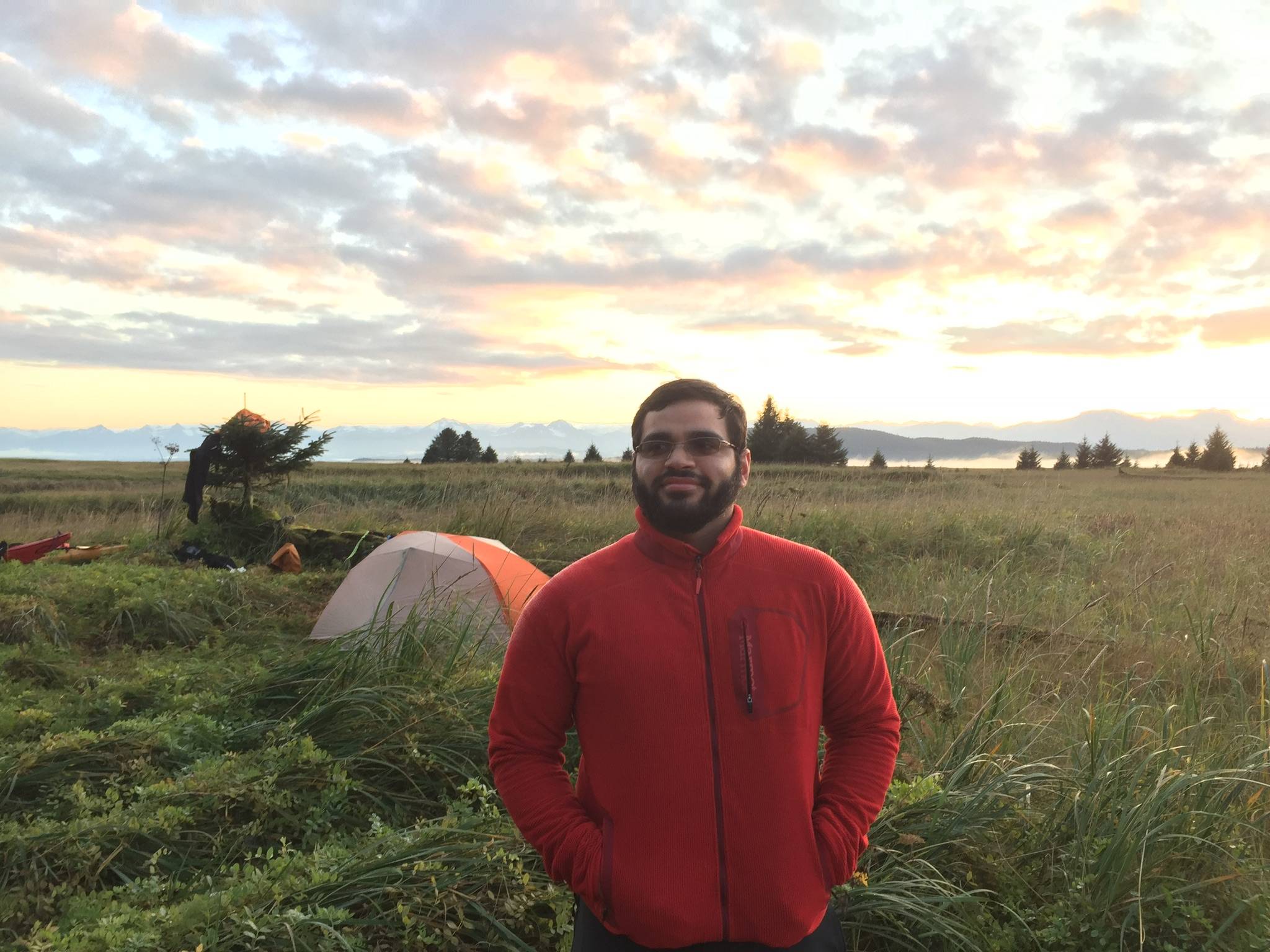With the holidays around the corner, many of us are enjoying festive traditions like volunteering, caroling, baking cookies and family gatherings. But there is one old American holiday tradition you may not have heard of: the side hunt. The side hunt was a Christmas Day game in the 19th century in which people would divide into sides, or teams, and compete to see how many birds they could shoot out of the sky. The game was purely for sport and had nothing to do with subsistence. It was perhaps not entirely coincidental, if side hunts reveal anything about the average American relationship to bird life at the time, that bird populations began to decline. By the year 1900, they had declined so far as to inspire an entirely different kind of tradition: the Christmas Bird Count. Yet, the dawning conservationism this new tradition heralded was too late for some. In the same year, the last wild passenger pigeon was killed. It is worth considering whether earlier contributions to science by everyday people, through birding, could have led to the prediction or even the prevention of the passenger pigeon’s fate.
The Audubon Society’s Christmas Bird Count, now in its 118th year, is the nation’s longest-running citizen science bird project. This citizen-collected data contributes to projects such as Audubon’s 2014 Climate Change Report, which found that 314 of 588 North American bird species will lose more than 50 percent of their climatic range by 2080. When citizens do this work, it generates not only data but also an appreciation for birds that contributes to conservation independently. The passenger pigeon went from being one of the most abundant bird species in North America to extinct in half of a century. This doesn’t have to be the fate of other bird species.
By contributing to citizen science projects, we are able to participate in the reestablishment of bird species, such as the emperor goose, a visitor unique to our state. The emperor goose cannot be found anywhere else in the U.S. except along the Bering Sea. The population of the emperor goose, like the passenger pigeon, was threatened by overhunting. Due to citizen science efforts like the Alaska Watch List, hunting was curtailed, which allowed the population to rebound.
These citizen science projects require minimal cost and effort. Birding, or bird watching, is inclusive and relatively inexpensive. Standard equipment usually includes a pair of binoculars, a harness strap and a regional or national field guide to birds. The harness strap is more a convenience than a necessity, field guides can usually be found at the Friends of the Juneau Public Library bookstore, and the Juneau Audubon Society is often able to provide binoculars during their guided bird walks in the spring. Even binoculars are strictly optional. For instance, a blind birder might bird by sound, listening to or recording bird vocalizations. More information and resources are available online at sites like allaboutbirds.org.
Birding can be simple or adventurous, passive or strenuous, introspective or social. Birding demands us to exercise our senses, to be patient, focused, and attuned to our surroundings. In this way, it enriches our experience in and deepens our connection with the environment, guiding us toward a more sustainable worldview.
So, consider making birding a new holiday tradition for your family. You can do it on your own, or join an organized event like the Juneau Christmas Bird Count, which takes place on Saturday, Dec. 16. Please visit juneau-audubon-society.org for more information.
• Jason Colon is a student at the University of Alaska Southeast and lives in Juneau. “Sustainable Alaska” is a regular column, appearing on the first Friday of every month. It’s written by UAS Sustainability Committee members to promote sustainability. The views expressed here do not necessarily represent the views of UAS.

